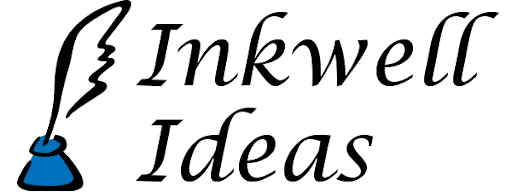Hex Map Glossary: Scale (Part II)
(Read Part I.)
Larger Scale Maps

- A hex map in the shape of a D20. (This was a very simple example without labels or lines for roads, rivers, boundaries, etc.)

- A hex map in the shape of a D20. (This was a very simple example without labels or lines for roads, rivers, boundaries, etc.)
As you move up to larger scale maps, the practicalities of fitting the area on a sheet of paper may play a factor. If possible, you may want to keep the same 6-hex-to-1-hex map template in mind (or whichever ratio you chose) for consistency. Using that template, the next scale up would be 216 mile hexes. This scale is probably appropriate for fitting most continents on a single paper. (For reference, Washington DC and New York city are 204 miles apart.)
Increasing the scale again by a factor of six results in a scale of 1296 miles across a hex. This is an odd number, but it allows you to continue stacking larger size templates with the same factor above each other. At this point you may fit an entire world on a sheet of paper as long as you can fit about 20 hexes across resulting in 25,920 miles across, if your hex orientation results in hexes that stack horizontally. (If your hex orientation has neat columns, you’ll need about 4 more hexes to match that distance.)
Once you have that size in mind, you can apply an icosohedral template (a set of joined triangles that form a d20 shape) to your map. See the planetary maps further down on at this link: http://home.comcast.net/~thinlines/hexmaps/index.html
You can even print a map with that template out, paste it on heavy paper/cardboard, cut it and fold it into a d20 shape. (See the example above/to the right.)
Alternative Hex Map Scales
The example described results in maps with 1-mile-per-hex, 6 miles-per-hex, 36 miles-per hex, 216 miles-per-hex, and 1296 miles-per-hex scales. If you wanted to use a 5-to-1-hex map template you could have a 5-mile-per-hex map, then a 25-mile-per-hex map, and a 125-mile-per-hex map and finally a 625 mile-per-hex map. (Of course to result in a world with a circumference of about 25,000 miles you would need about 40 hexes across. 40×625=25000)
But you can also mix hex template styles to get maps that match the distances you want. For example, one can start with a use a 6-mile-per-hex map for what is visible to the horizon. (A 1-mile per-hex map may also be created.) Then move up to a 18-mile-per-hex map using a 3-to-1 hex map template. Next, move up to a scale that lets you fit a full country or even a small continent or large island on a hex map using a 4-to-1 hex map template or 5-to-1 hex map template for 72-mile-per-hex and 90-mile-per-hex map scales respectively.

0 Comments on “Hex Map Glossary: Scale (Part II)”